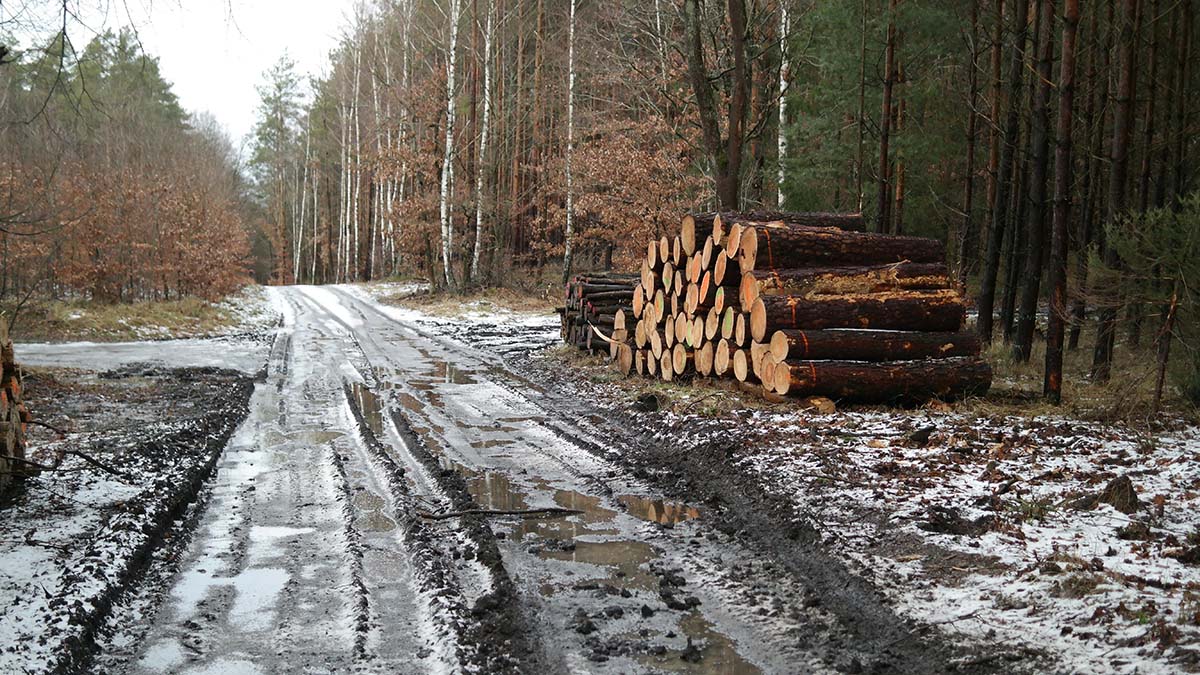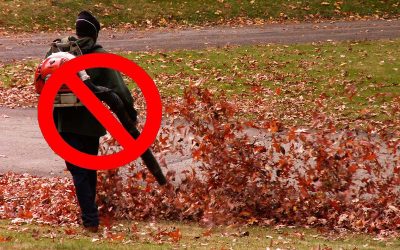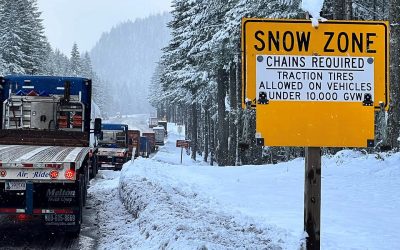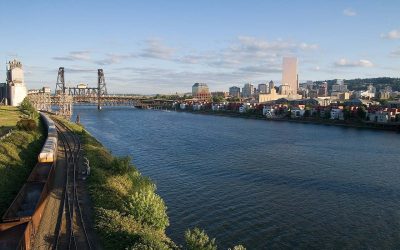On June 23, 2025, the Trump administration officially repealed the federal “roadless rule,” a 24-year-old policy that had restricted logging and road construction on large swaths of national forestland. The change opens roughly 2 million acres in Oregon to potential forest development projects, including roadbuilding and timber harvests.
The announcement came from U.S. Secretary of Agriculture Brooke Rollins during a meeting of the Western Governors’ Association in New Mexico. The rule, first introduced in 2001 during the Clinton administration, originally protected 59 million acres of national forest across the U.S., including portions of the Cascade Range, the Siskiyous, Hells Canyon, and Oregon’s coastal mountains.
“This move opens a new era of consistency and sustainability for our nation’s forests,” Rollins said. “Properly managing our forests helps reduce wildfire risk and ensures these lands remain productive for future generations.”
Supporters of the repeal—including timber industry advocates and some rural community leaders—say it will improve forest health, allow for more effective wildfire prevention, and provide economic benefits to struggling communities.
“The roadless rule was outdated and overly broad,” said Nick Smith, spokesman for the American Forest Resource Council. “This change doesn’t mean unrestricted logging—it means public land managers can now use all available tools to maintain forest health and resilience.”
Smith also emphasized that key environmental safeguards remain in place. Projects will still be subject to the National Environmental Policy Act, Endangered Species Act, and local forest management plans.
However, the move has drawn concern from environmental groups and conservation advocates, who argue the decision could negatively affect wildlife habitat, water quality, and recreation access.
“These are some of Oregon’s most intact and ecologically important forests,” said Erik Fernandez with the nonprofit Oregon Wild. “Opening them up to development threatens clean drinking water, endangered species, and the outdoor recreation economy.”
Maps of Oregon’s roadless areas show wide coverage, including lands near the Metolius River, Upper Hood River Valley, Tumalo Mountain, and the Oregon Dunes. Many of these regions have remained relatively undisturbed for decades, and conservationists say they serve as vital buffers for native species and watersheds.
The roadless rule was created through a public process between 1999 and 2001, which included more than 600 public meetings and generated over a million comments. It has faced multiple legal challenges and changes over the years, including exemptions for certain states and industries.
The Trump administration had previously signaled its interest in increasing active forest management across the West. Two executive orders earlier this year aimed to accelerate timber harvesting on federal land, citing wildfire risk and economic recovery as primary motivators.
As of now, any development proposals on these lands will still require environmental review and public comment periods. What changes—and what stays the same—will depend heavily on how federal agencies, states, and local stakeholders move forward in the coming months.
Sources:
- Oregon Wild Press Release: https://oregonwild.org/trump-forest-decree/
- USDA Press Release – Secretary Rollins Rescinds Roadless Rule: https://www.usda.gov/about-usda/news/press-releases/2025/06/23/secretary-rollins-rescinds-roadless-rule-eliminating-impediment-responsible-forest-management
- Reuters – Trump administration to open undeveloped forests to mining, logging: https://www.reuters.com/legal/litigation/trump-administration-rescind-policy-protecting-undeveloped-forests-2025-06-23/
- Associated Press via CBS News: https://apnews.com/article/0607a77e0ab812ea6fa609034fbb20d9
- OPB – Trump administration plans to rescind rule blocking logging: https://www.opb.org/article/2025/06/23/trump-administration-plans-to-rescind-rule-blocking-logging-on-national-forest-lands/
- The Verge – The US is stripping its forests of decades-old protections: https://www.theverge.com/news/692299/national-forest-fire-trump-rescind-roadless-rule-usda













